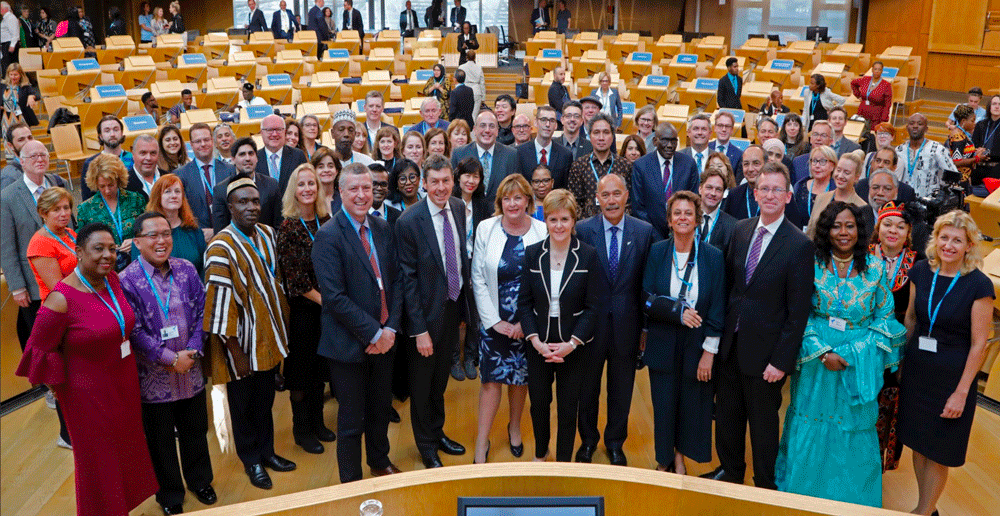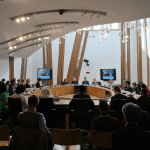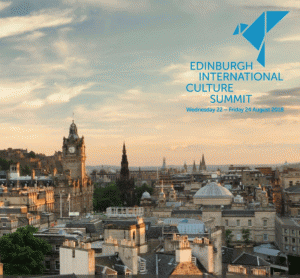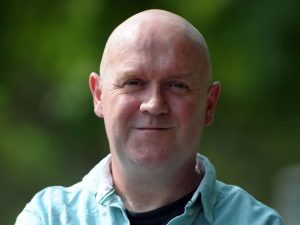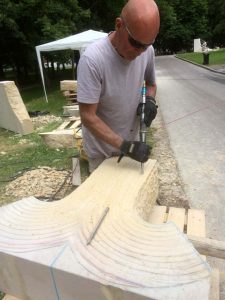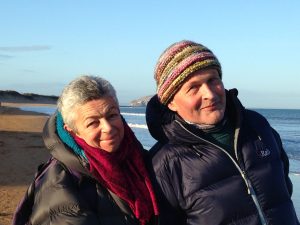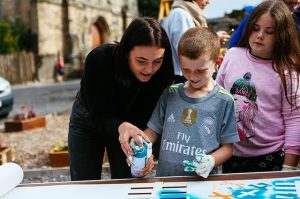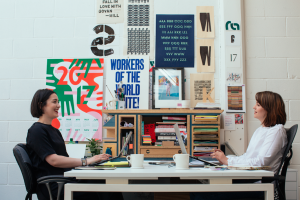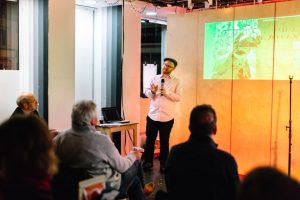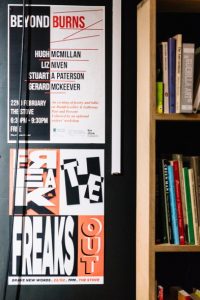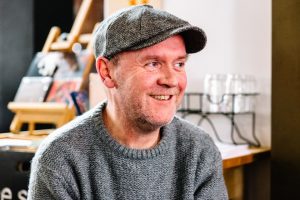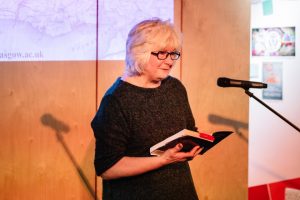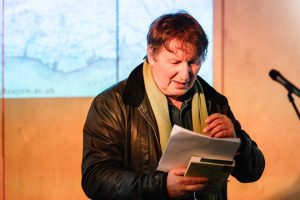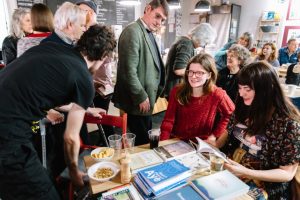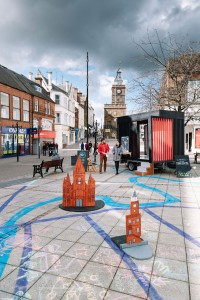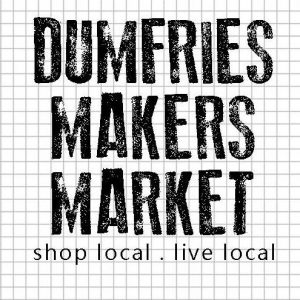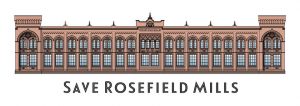Lowland
Building a contemporary narrative of Dumfries town
by Martin O’Neill
“I wrote about what was around me. But some people are so daft they don’t understand that writing about Prestwich is just as valid as Dante writing about his Inferno.” Mark E. Smith
A friend sent me this quote around the time of Fall front man and debauched hero Mark E. Smith’s death. It was a photo of the quote crudely written in sharpie. A cardboard epitaph by a postbox, adorned with flowers left to wilt. It reminded me of the sad street-lit shrines we see by the side of a road, marking a life cut-off too quickly by a road traffic accident. As if his death in the city was just as tragic. That his legacy should be marked in cardboard felt a fitting tribute to a man who dwelled between genius and joker.
At the time, I’d been going through a lot in my own practice – how much what surrounded me affected my own unconscious ranting – that first stage before actually forming something which might be deemed as poetry or art, and how much my own sense of place lead me to its final form.
Whether it was in the worlds unveiled in a hospital waiting room, or a past reflected in the walls of St. Andrew’s church. These worlds of words which when stringed together created in me that place always real and half-imagined like a dream, rippled from the walk of a day through the High Street, by the river or upward to the museum, the omnipresence of Burns carved in stone or engraved in a window, fogged by the rising smoke of a cigarette, his work obscured only in the presence of a poorly painted portrait.
These places that resonated on the page, and for which I couldn’t have explored the other parts, hidden from view. And it was the same for most every other writer I met in this town. They wrote what was around them, so as to peer further into themselves and understand better the lives of others.
There came a point, whilst compering Brave New Words which is now fast approaching its third year, growing in excellence, audience and value every month thanks only to those who contribute, and the communities which have grown from this that I was struck how important the living word, and its profound connection to place was.
With that, it seemed important to examine our current sense of belonging, through a platform engaging professional writers and artists, responding in their chosen practice, a contemporary account of Dumfries. It struck me that the hierarchy of writers was marked by death, and that their shadowed legacy was inscribed in the minds of those ‘in the know’, or on a white tomb, or in the pages of a tourist brochure and that little infrastructure existed to engage current writers to engage in the intricacies of writing place. What with the weight of a bard carved into marble.
To connect with our communities through the arts is the Stove’s ethos. To see that our opinions, thoughts, emotions and lives matter and to break down whatever barriers exist between culture and community is pivotal to creating a town everyone can be part of. And the form of the written word is just as valuable as any other form by which to do that.
With that, came Lowland. A 3-year project conceived and delivered by the Stove Network. It seeks to place writers at the core of the Stove’s and local community’s activities to reflect and celebrate a town in a transitional phase of its history. Generating a contemporary narrative of place, by interacting with and responding to activity in the town through the written word. The central idea of Lowland is to generate an evolving narrative through a series of engagement opportunities and outputs, whether a song, a book, a map, or a play – these outputs will create a collage of work and output that will form the backbone of our future activity.
Launching with a writer-in-residence, the project hopes to create a valuable strategy for literary activity in the town and seeks to work with our community, our partners, artists and other writers to reflect the varying perspectives of the place we call home in new and inspiring ways.
With this, and the continued presence of Brave New Words, is where we build a legacy not formed by marble but by people, and the stories, which weave between the bricks of our buildings and the voices in the streets.
For further information on Lowland, please contact [email protected]
